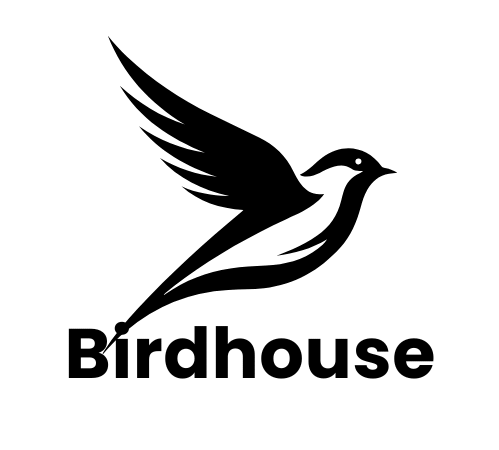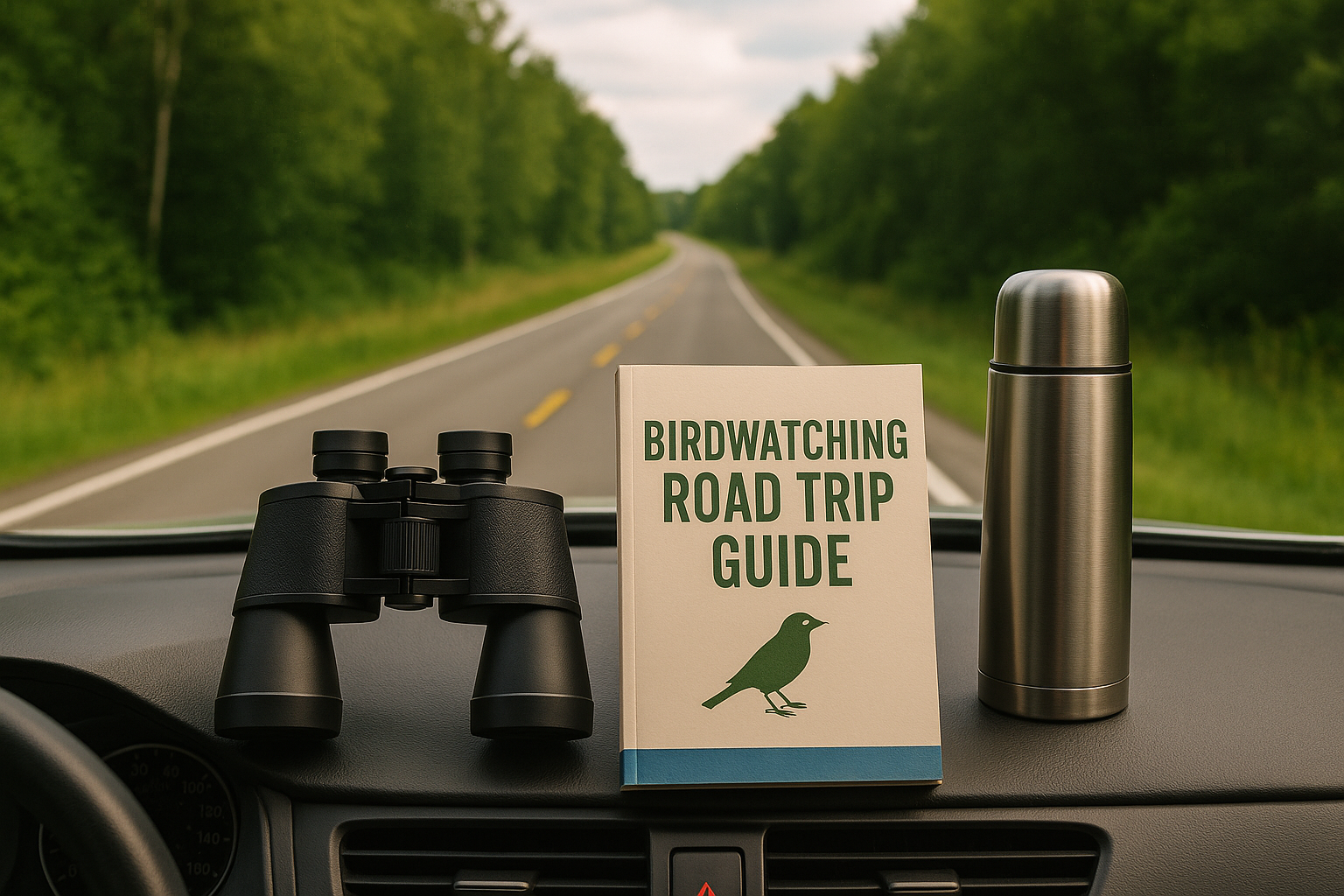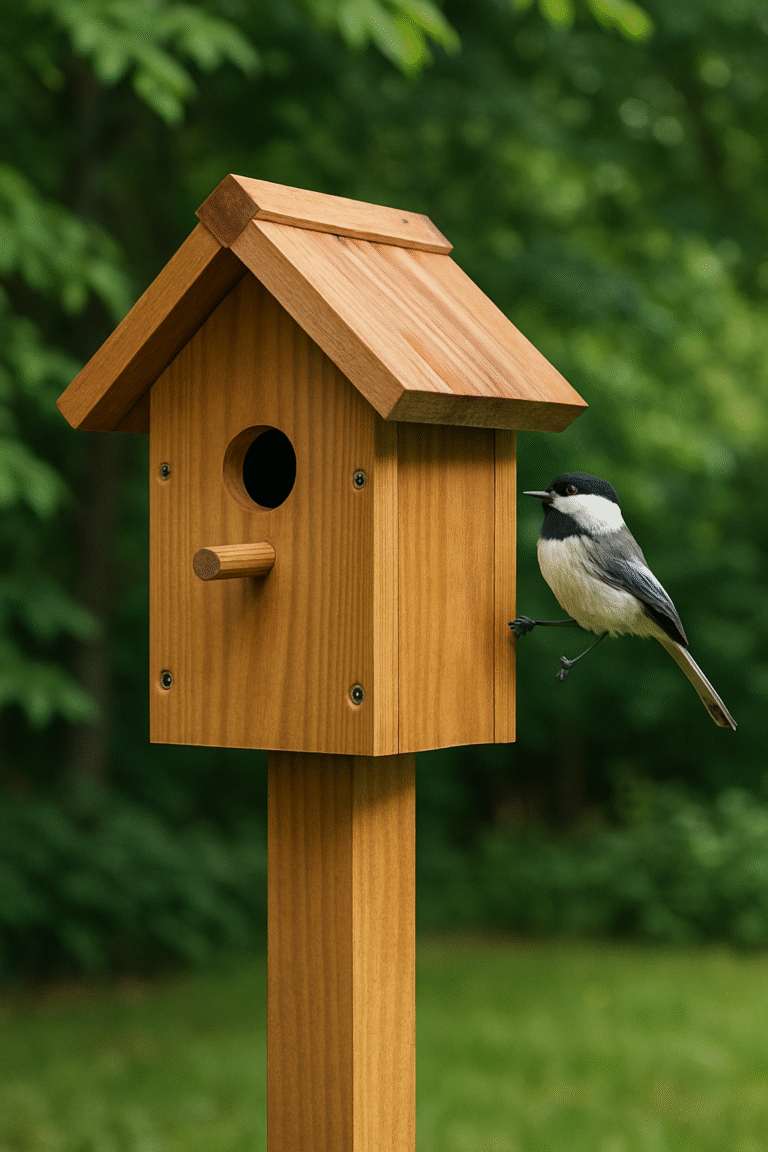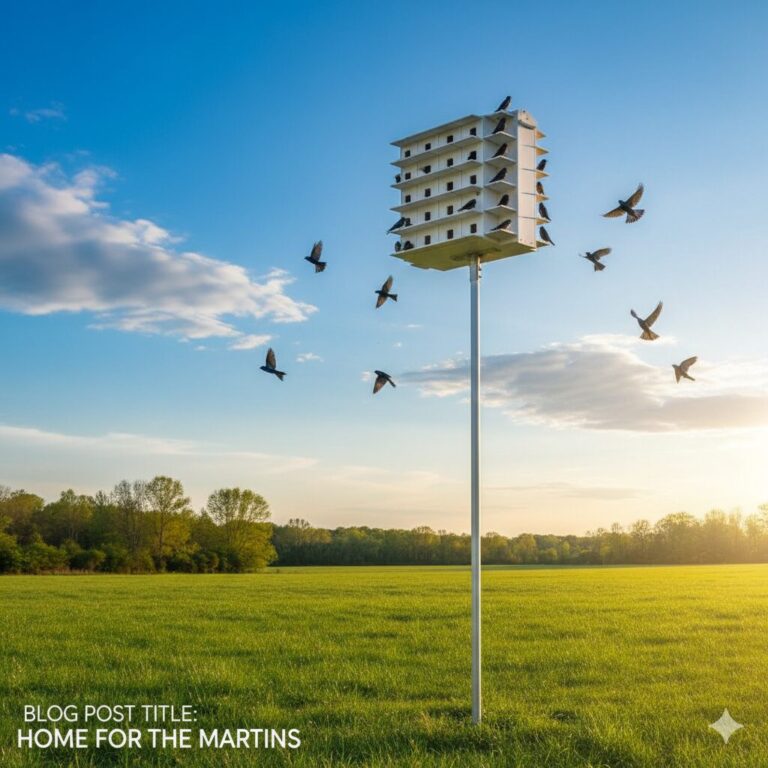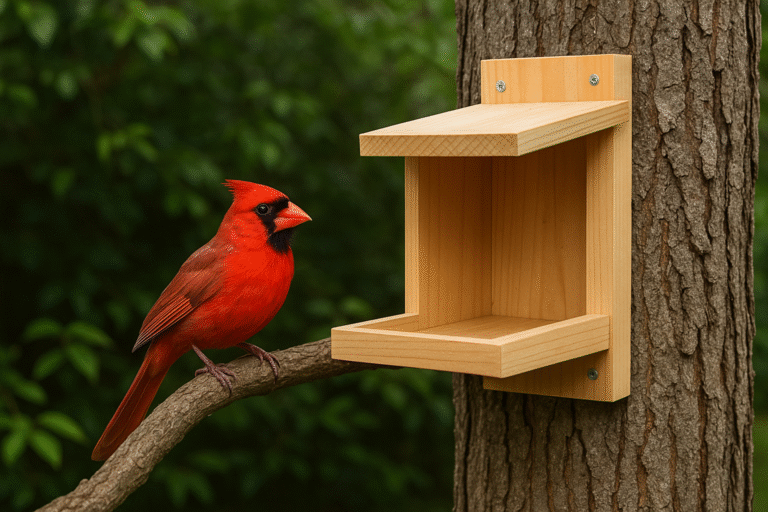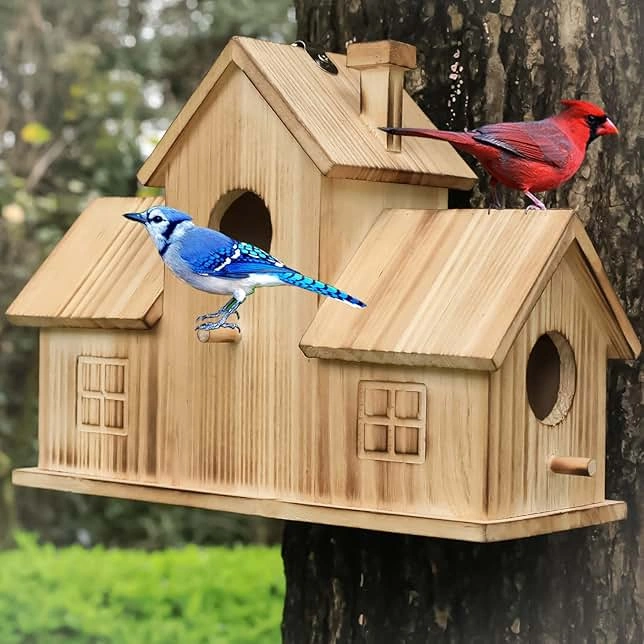Short Answer: Planning a birdwatching road trip combines the thrill of wildlife observation with the adventure of travel. By choosing the right destinations, gear, and strategies, you can maximize sightings, enjoy diverse habitats, and make unforgettable memories.
Birdwatching is a passion for millions of people, and a road trip offers a unique way to explore birds in their natural habitats across different regions. Unlike casual backyard birding, a birdwatching road trip allows enthusiasts to experience a variety of ecosystems, spot rare species, and document sightings along the way. However, a successful trip requires more than just hopping in a car, it demands planning, preparation, and knowledge about routes, timing, and equipment.
This guide covers everything from choosing destinations and routes to packing essential gear, observing ethical practices, and staying safe while traveling. Whether you are a beginner planning your first trip or an experienced birder looking to optimize your journey, this guide will help you get the most out of every mile and every sighting.
Why Plan a Birdwatching Road Trip?
Birdwatching road trips are not only about travel, they are about immersion in nature. By driving through various landscapes, you can encounter species that are not commonly seen in one location. Migration patterns, seasonal variations, and regional habitats all influence what you might see, making road trips ideal for bird enthusiasts who want variety.
Moreover, road trips provide flexibility. You can adjust routes based on sightings, spend extra time at hotspots, or explore hidden gems off the main path. For photographers and wildlife documenters, this mobility allows capturing birds in diverse conditions and settings, from wetlands and forests to deserts and mountains.
Finally, a well-planned road trip encourages learning. By visiting bird sanctuaries, national parks, and protected areas, you can observe behavior, nesting patterns, and feeding habits that are impossible to witness from a single backyard. You might enjoy learning how to attract wrens to a birdhouse to bring more wildlife into your own backyard.
Choosing the Best Destinations
Selecting destinations is critical for maximizing sightings and overall enjoyment. Focus on regions with high biodiversity, notable birdwatching trails, and protected habitats. Popular options include coastal wetlands, migratory corridors, and national parks. Each destination offers a unique ecosystem that attracts different species.
Timing also plays a crucial role. Research local migration seasons, breeding periods, and feeding habits. For example, spring and fall migrations often provide opportunities to see rare or transient species. In contrast, summer may be ideal for observing nesting behaviors, while winter can reveal hardy species in colder climates.
When planning your route, consider accessibility, safety, and accommodation options. Some remote areas offer extraordinary birdwatching but may require off-road vehicles or specialized permits. Balancing convenience with wildlife potential ensures a smoother and more rewarding experience.
Best Products for Birdwatching on the Road
Having the right gear can make a birdwatching road trip more enjoyable, efficient, and productive. From spotting distant species to recording observations, each tool plays a role in ensuring you don’t miss a moment. Investing in quality equipment not only enhances your experience but also helps you observe birds safely and respectfully. Here’s a guide to essential products for every birdwatching road trip:
Binoculars

A good pair of binoculars is the cornerstone of any birdwatcher’s kit. Look for compact models with bright optics and comfortable grip, typically 8×42 or 10×42 magnification. They allow you to observe details from a distance without disturbing the birds.
Camera

Capturing birds on camera lets you preserve memories and document rare sightings. A DSLR or mirrorless camera with a telephoto lens is ideal for clear, detailed photos, while compact digital cameras or bridge cameras can be lighter for long trips.
Camera Tripod

A lightweight camera tripod helps keep your shots steady, reduces blur, and allows hands-free observation. It’s perfect for long birdwatching sessions and easy to carry on road trips.
Spotting Scope

Spotting scopes are perfect for long-distance observation, such as wetlands, fields, or coastal areas. They provide higher magnification than binoculars and often come with tripods for stable viewing.
Field Guide
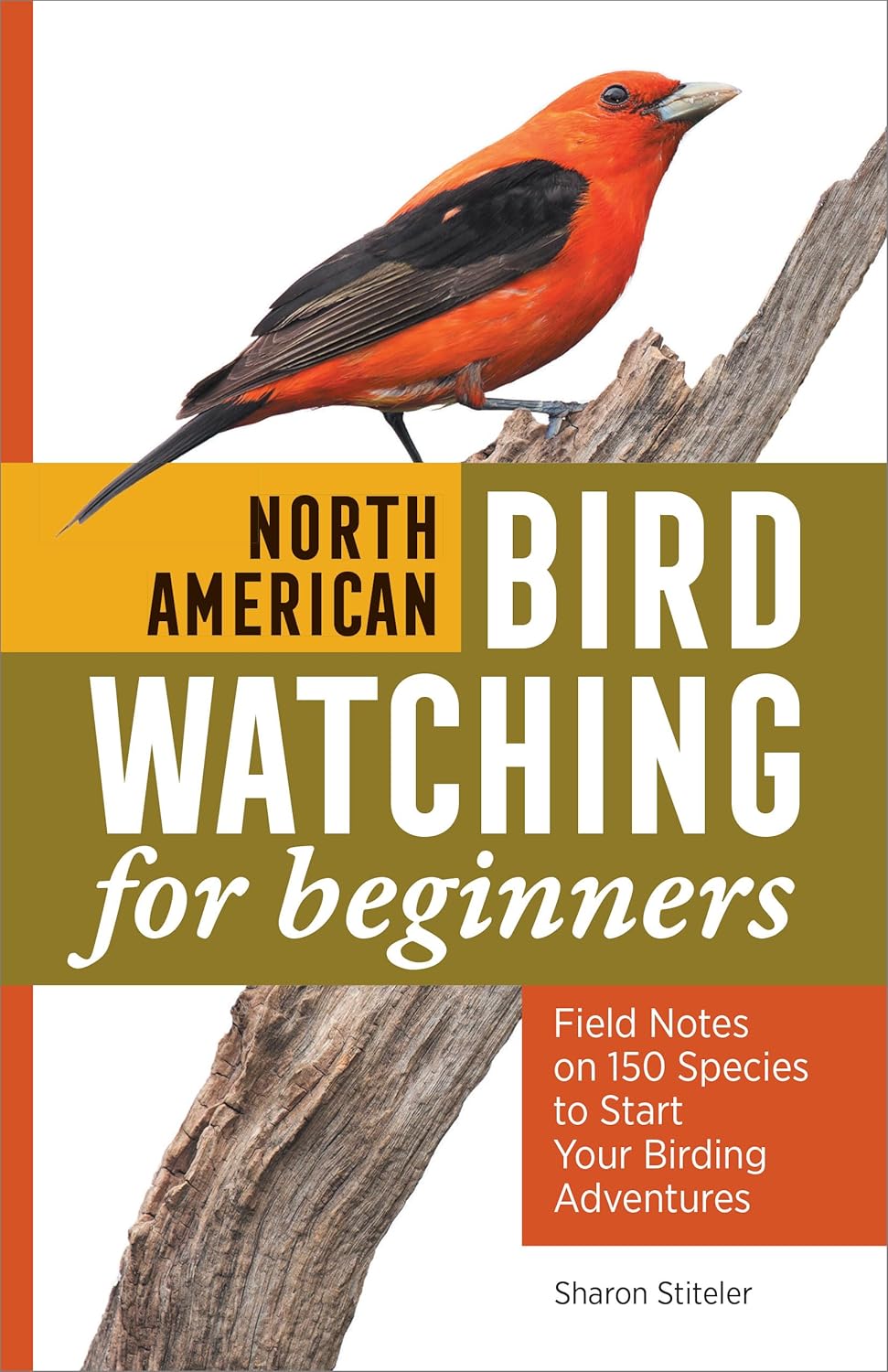
A regional field guide helps you quickly identify species, note behaviors, and understand habitat preferences. Digital apps can complement printed guides, offering additional features like logging and migration tracking.
Field Notebook

A waterproof or durable field notebook allows you to record sightings, sketches, and observations on the go. Keeping detailed notes helps track patterns and provides a record for future trips.
Accessories
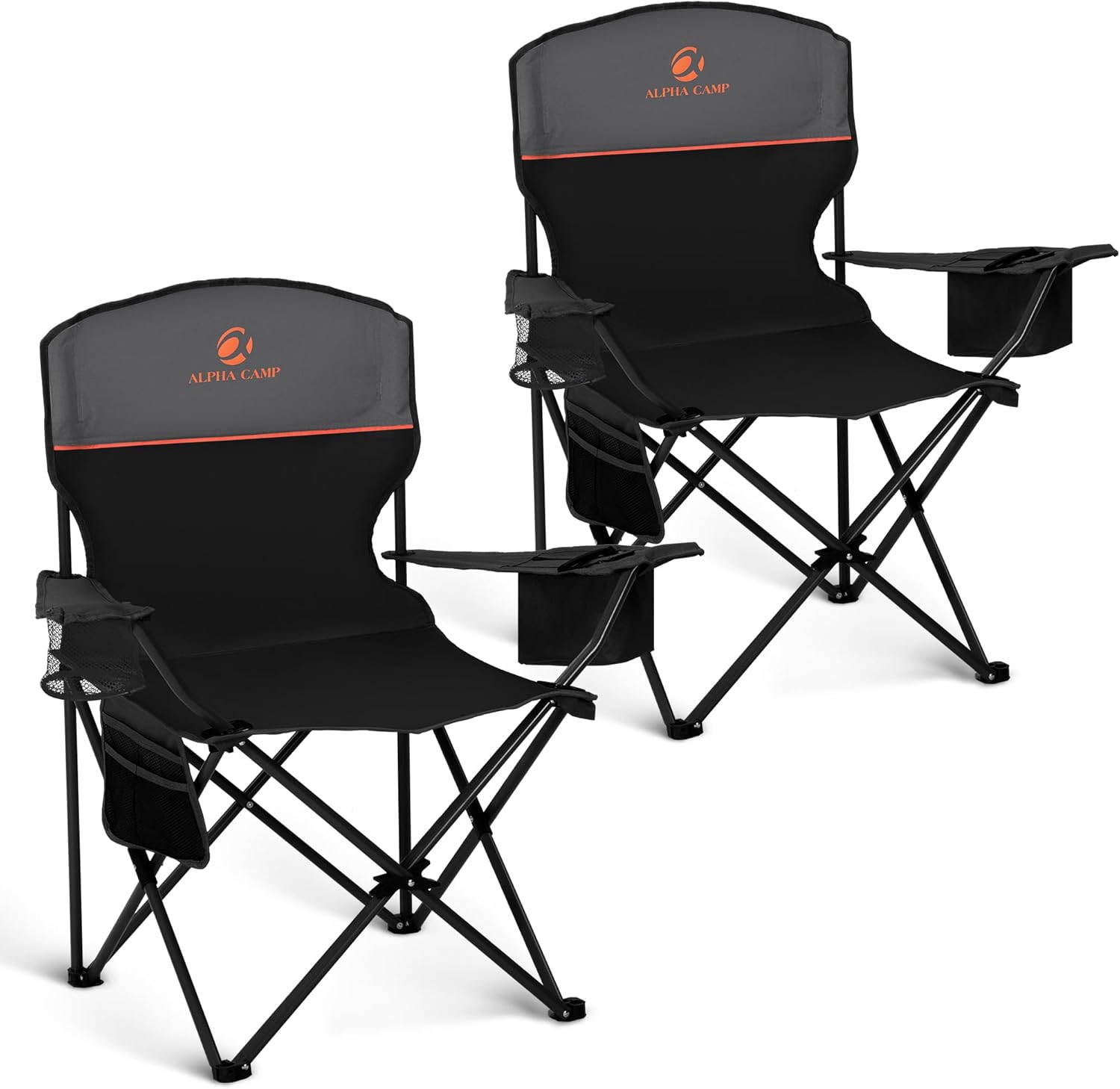
Accessories like lens cleaning kits, binocular harnesses, or collapsible chairs enhance convenience and comfort. Even small items can make long hours in the field more manageable.
Backpack

A comfortable, weather-resistant backpack helps carry your gear efficiently. Look for compartments for binoculars, cameras, and snacks, along with padded straps for long walks or hikes.
Bird Call

A bird call can help attract or locate species during observation. Use it sparingly and ethically, ensuring you do not stress or harm the birds.
Bug Repellent

Outdoor trips often involve exposure to insects. Eco-friendly, non-toxic bug repellent keeps you comfortable while minimizing impact on the environment and local wildlife.
Essential Gear for Birdwatching on the Road
Proper gear enhances the birdwatching experience and allows for better documentation and observation. Here are key essentials:
Binoculars and Spotting Scopes
A quality pair of binoculars or a compact spotting scope is indispensable. Binoculars with 8×42 magnification provide a wide field of view while maintaining clarity, whereas spotting scopes are ideal for distant or detailed observation in wetlands or open fields.
Field Guides and Apps
Carrying region-specific field guides or using bird identification apps helps identify species quickly. Many apps also allow logging sightings, tracking migration patterns, and sharing information with fellow birders.
Photography Equipment
For those who enjoy photographing birds, a DSLR or mirrorless camera with a telephoto lens captures sharp images without disturbing wildlife. Tripods or monopods help stabilize shots during long observation periods.
Portable Seating and Shelter
Foldable chairs, tents, or sunshades provide comfort during long hours in the field. A lightweight tarp or umbrella can offer protection against sun or rain while observing birds.
Navigation and Safety Tools
GPS devices, road maps, and a reliable smartphone are essential for navigating unfamiliar areas. Additionally, carrying first aid kits, water, and emergency supplies ensures safety during remote trips.
Observation Accessories
Field notebooks, binocular harnesses, and lens cleaning kits enhance convenience and preparedness. Some birders also carry audio recorders to capture bird songs for later identification.
Planning Your Route and Schedule
A successful birdwatching road trip is rooted in careful route planning. Start by researching bird hotspots, reserves, and migratory paths. Map out a route that allows for flexibility, short detours, and overnight stays near rich habitats.
Consider travel time between locations to avoid long drives that leave little time for observation. Early mornings and late afternoons are typically the best times for bird activity, so plan stops accordingly. Additionally, leaving buffer days in your itinerary allows for unplanned discoveries or extended observation sessions.
Pros and Cons of Birdwatching Road Trips
Pros
- Access to a wide variety of species and habitats
- Flexibility to adjust routes based on sightings
- Opportunity for photography and in-depth observation
- Educational experience for beginners and seasoned birders alike
Cons
- Requires significant planning and preparation
- Can be physically demanding and time-consuming
- Some regions may be remote or require permits
- Weather conditions can affect sightings and comfort
Tips for a Successful Birdwatching Road Trip
- Start Early: Birds are most active during the early morning and late afternoon.
- Travel Light: Carry only essential gear to make observation and mobility easier.
- Maintain Quiet: Minimize noise to avoid scaring birds.
- Respect Nature: Follow ethical birdwatching practices, avoid disturbing nests, and adhere to local regulations.
- Log Observations: Keeping a journal or using apps helps track sightings, identify patterns, and share with other enthusiasts.
- Check Weather and Season: Seasonal shifts affect bird presence, feeding behavior, and nesting patterns.
Frequently Asked Questions (FAQs)
What is the best time of year for a birdwatching road trip?
Spring and fall migrations offer the greatest diversity, but summer allows observation of nesting behaviors. Winter can be ideal in mild climates with hardy resident species.
How far should I travel for a good birdwatching trip?
It depends on your goals. Local or regional trips can yield hundreds of species, while cross-country or coastal routes maximize diversity.
Do I need special permits?
Some wildlife reserves, national parks, or private lands require permits for birdwatching or photography. Always check local regulations before traveling.
What types of birds can I expect to see on a road trip?
Depending on your route, you can observe migratory songbirds, raptors, waterfowl, and small cavity-nesting species. Coastal, desert, forest, and wetland habitats each attract different communities.
How can I minimize disturbance to birds while traveling?
Keep a respectful distance, avoid loud noises, limit handling of nests, and use binoculars or scopes for observation. Travel slowly and remain patient for the best experience.
Conclusion
A birdwatching road trip combines the joys of travel with the satisfaction of observing birds in their natural habitats. By carefully planning routes, choosing the right gear, and paying attention to seasonal and environmental factors, you can maximize your sightings and create unforgettable experiences. Whether you are a beginner or an experienced birder, this guide provides the knowledge and strategies to enjoy a safe, rewarding, and immersive birdwatching adventure.
With preparation, patience, and respect for wildlife, every mile traveled can reveal new species, fascinating behaviors, and the sheer beauty of birds in the wild. A birdwatching road trip is not just about the destinations, it’s about the journey and the memories made along the way.
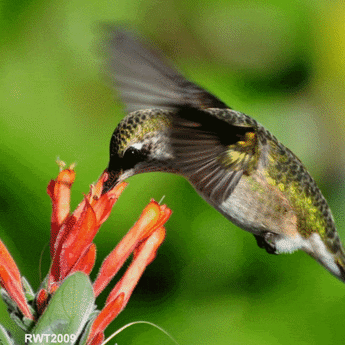
Sanom is a lifelong nature enthusiast and passionate backyard birder who has spent years observing bird behavior and building DIY birdhouses. With a deep curiosity for species like chickadees, wrens, and woodpeckers, he shares practical tips and heartfelt stories to help others attract, shelter, and appreciate the wild birds around them. Whether you’re crafting your first birdhouse or simply enjoying morning songbirds, Iftekhar’s guides on BirdHouseTales.com are designed to bring you closer to the magic of birdwatching.
